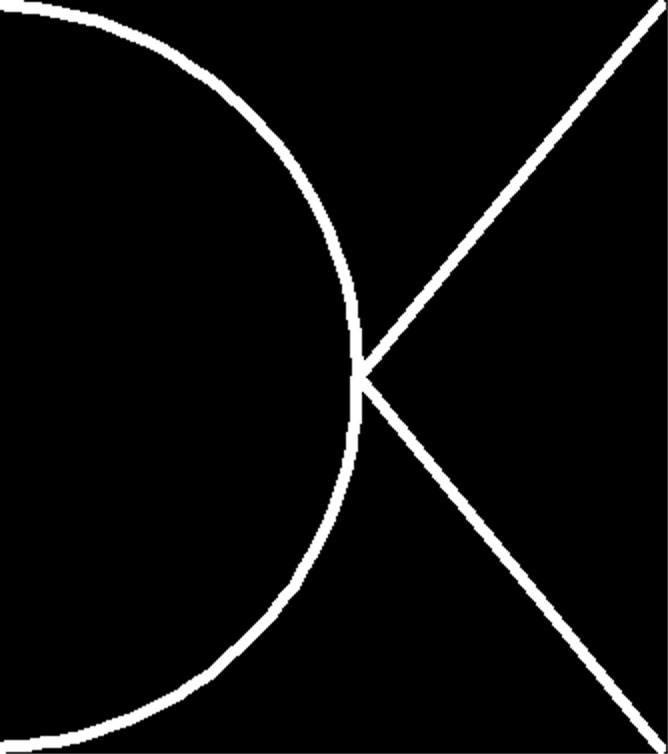|
|
About Dan Kainen
Dan Kainen is an artist, designer, and inventor,
living in New York City. Most recently, he is the creator of New York Times best-selling series of Photicular Books (see home pager) published by
Workman Publishing, on sale worldwide. The basis
for "Safari" is The Motion Viewer, the third patent, and first
product in the field of integrated imaging from Dan. In More Detail Dan was born, and grew up in Washington DC, son of a New York School painter, Jacob Kainen, who had moved to DC in the early 40's to become curator of graphic arts at the Smithsonian Institution, and, juggling the two careers of artist and scholar, became a major force behind the creation of the DC art scene. Dan's paternal grandfather was a Russian emigrant, Joseph Kainen, a tool and die maker and an inventor (among his inventions is the "Dead Man's Break," that shuts down a train if the engineer does not check in at regular time periods). Dan's brother, Paul, is a mathematician, and author of "The Four Color Problem," the definitive work on that classic theorem. Dan has won various awards at local art fairs, and an honorable mention at a Corcoran Biennial Show, and took painting classes at both The Corcoran School of Art, and American University, and studied with his father, before attending Pratt Institute, in Brooklyn, and graduating with a BFA in painting. At Pratt, Dan also took a keen interest in industrial design, and began inventing things, such as a unique cardboard furniture design - complete with a machine to manufacture it. This passion for inventing grew, and became mixed with entrepreneurship in the following decades. He built an automated printing machine for his own Soho screen-printing shop, which included clients such as Calvin Klein; Dan became fascinated with lasers and after working for a light show company started his own, creating original electronic and motorized optical equipment to perform laser light shows. He created a laser-sculpture for New York, New York Disco, and did shows for rock bands, concerts, and performance artists, such as Sharon Wybrants, in whose performance, electronic music was created by dancers, moving through audio-linked laser beams. Dan's expertise in optics and mechanics was honed to a high degree when he worked with an aerospace subcontractor, as an applications engineer, acting in an advisory capacity to many cutting-edge laboratories around the nation in the field of electro-optics and ultra-precision (sub-light wave) motion control. Among Dan's clients were Bell Laboratories (super-short pulse laser spectroscopy), North American Rockwell (hybrid chip facility), and NASA Houston (Shuttle soft docking project). After a couple of years of intense technical work, Dan missed the design world and wondered if there were a way to combine technology and art. He studied with Joseph Burns, a holographic pioneer in the field of embossed holography, and Dan became familiar with the principles of three-dimensional imaging, both holographic and photographic (stereo photography). He also studied photicular (integrated, or lenticular) imaging, and realized that there was a lot of opportunity for creative work. Holography had many advantages, and was intriguing, but photicular offered more natural, photographic color, and seemed more suited to capturing nature. At the same time he was studying holography and photicular imaging, Dan began designing lighting fixtures, which he saw as another avenue to blend his technical expertise with his design skills. From then until the present, Dan has created custom lighting fixtures for residential, commercial, and architectural applications, while pursuing his photicular images and obtaining three patents in that field. His lighting fixture designs can be seen in private and commercial spaces and many New York restaurants, including the various Blue Ribbon Restaurants, Cafe Felix, and Bar Six, as well as "The Room" bars in NY, Miami, and LA; in the Holocaust Museum and the Museum for Women in the Arts, in Washington, DC. Also, the (diet Dr) Atkins' Clinic, and Dr Atkins' home on Sutton Place, NY, both of which have extensive art collections. While he still invents and designs lighting, for the past several years or more, Dan has concentrated on his photicular imaging. The recent publication of Safari: A Photicular Book, is based on Dan's patented Photicular Motion Viewer, which allows any number of interchangeable images, printed on a paper, postcard-sized image, to be inserted into it, whereupon they come to life in fluid, film-like motion.
|
